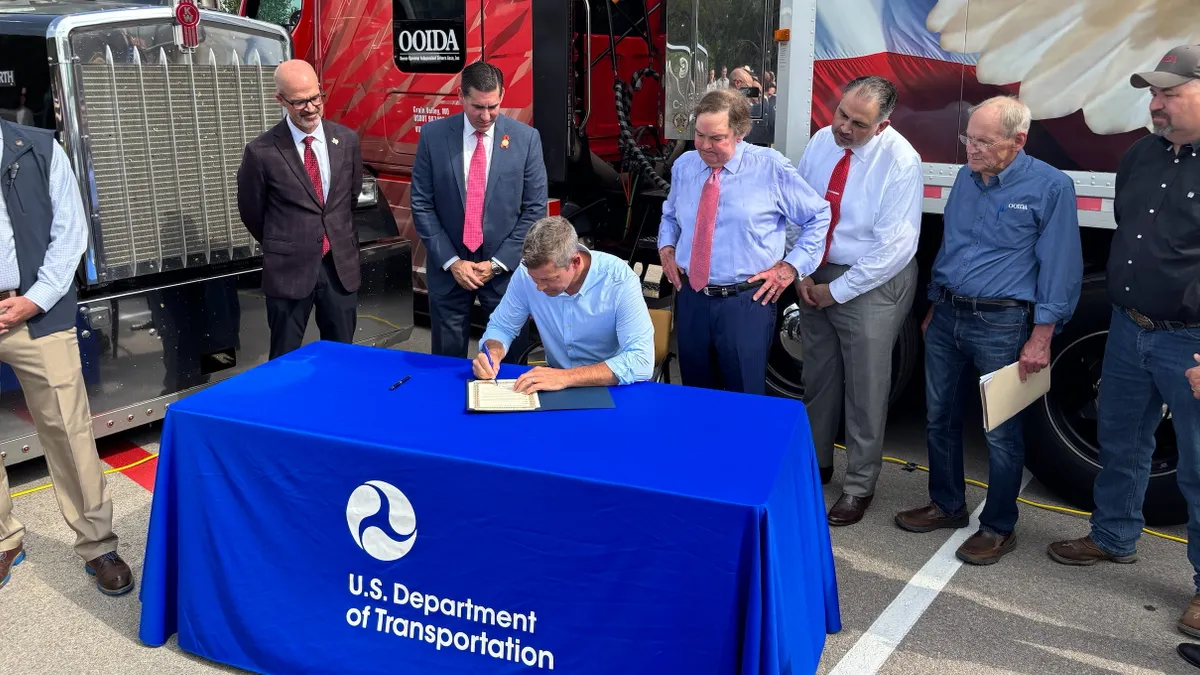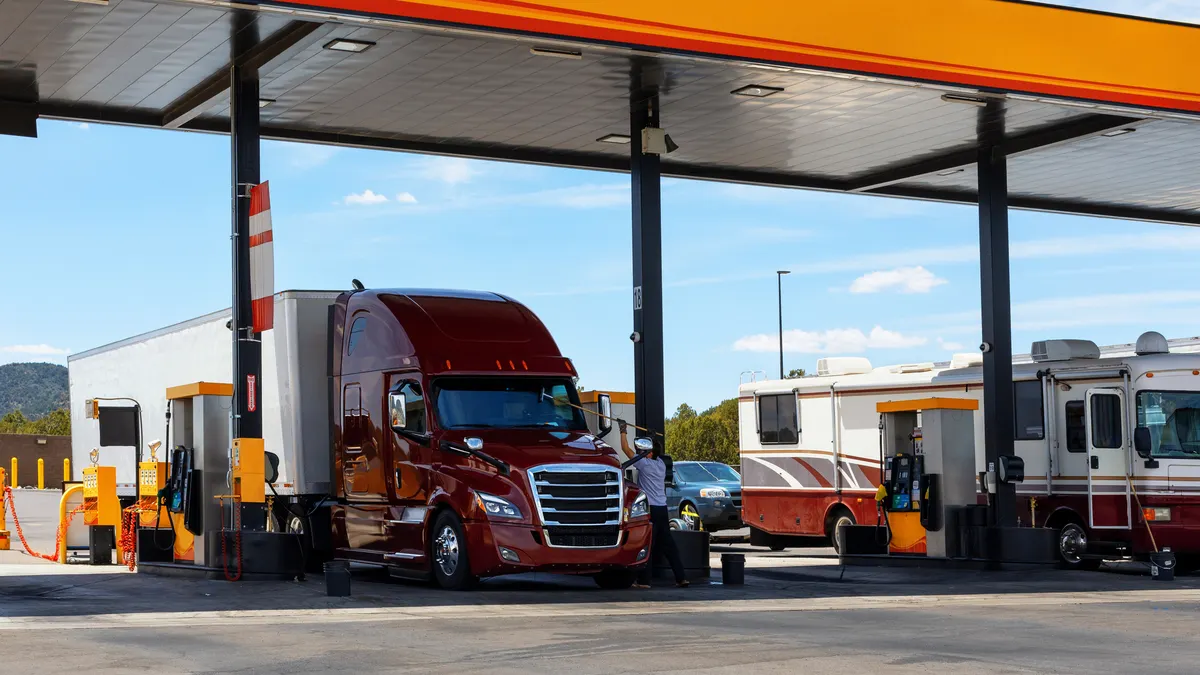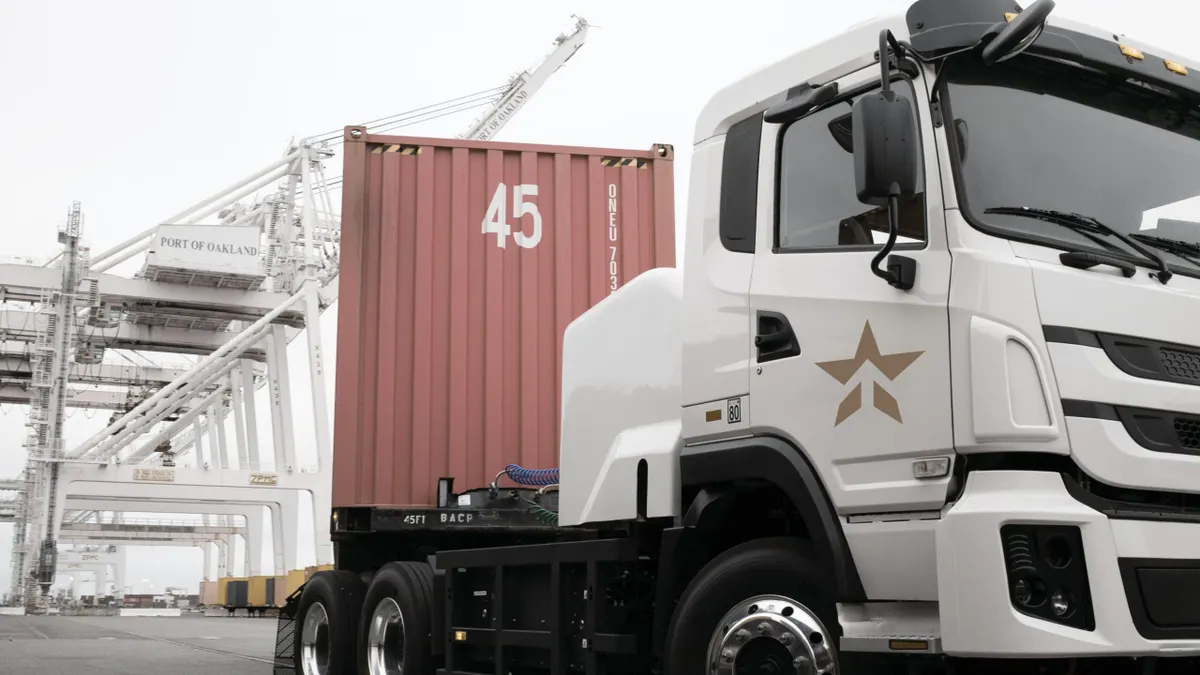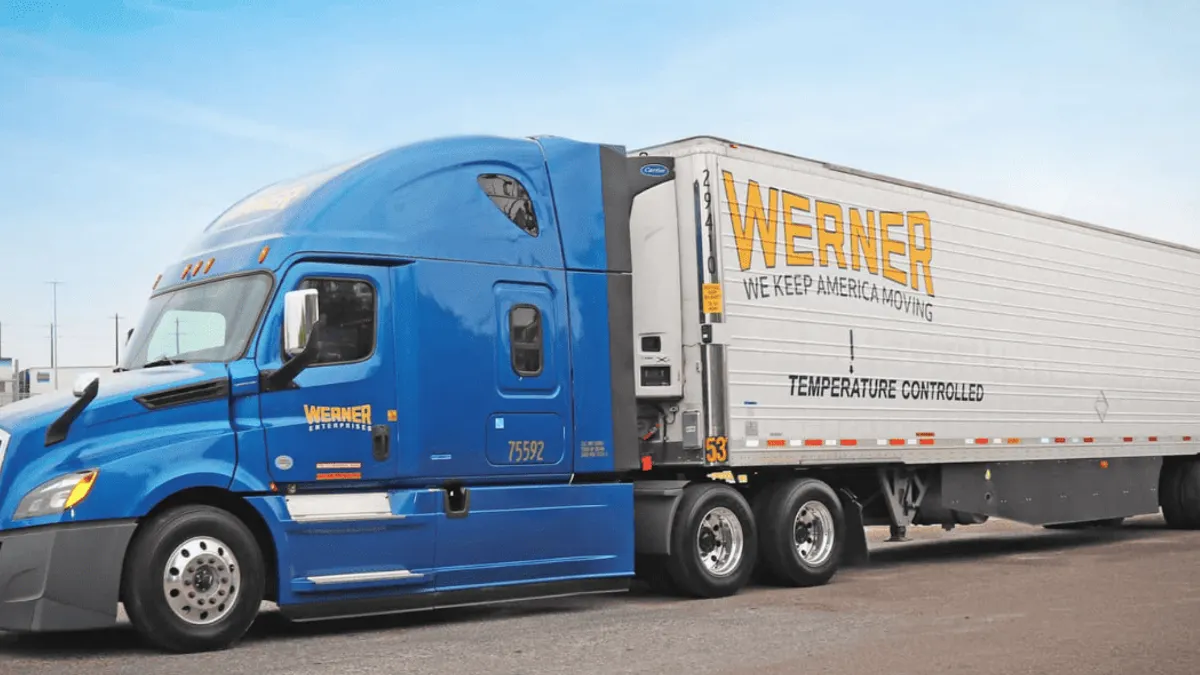Every company in every industry has a checklist of key performance indicators, ranging from EBITDA to growth metrics.
"But if that’s all you measure, you’re just holding your company up to the same mirror as everyone else, and there is no chance of differentiation," Erich Fischer, principal at Deloitte Consulting, said in an email. "It is a myth that there is one set of KPIs that are ideal for a particular portion of the transportation sector."
So, it's up to the discretion of each fleet to decide how it wants to measure its success. Fischer and three other experts weigh in on metrics for operations, safety, workforce and customer experience.
Operations
Yield: The "Moneyball" metric
The 2011 movie "Moneyball" (and the book on which it is based) is the story of how the 2002 Oakland Athletics blazed the trail of using analytics to calculate the value of each baseball player and understand how that translated into the value of the team. This is not unlike a metric TL fleets should use — in the opinion David Roush, president of KSM Transport Advisors — called yield.
Simply put, yield measures the value of customers and lanes. "Anyone who has been around freight for a while can argue both sides of the discussion about the value of a given piece of business; the yield metric replaces the 'art' or opinion component of these discussions with 'science,'" Roush said in an email.
It's a compound metric that takes into account:
- Revenue.
- Costs (variable, direct, and customer or lane specific).
- Velocity of a given load.
- Margin per shipment.
- Value to the network.
Yield also provides context, because the calculation is based on the interaction between the one load being measured and all other loads in and out of the origin and destination.
Deadheading
Neil Menzies, a managing director at L.E.K. Consulting, suggested tracking empty mile factor, fleet asset utilization and loading/unloading time to gauge success in productivity.
"Deadhead miles are non-revenue-generating, and as such, understanding which types of trucks/routes are responsible for causing these miles can allow TL carriers to optimize route planning and resource allocation," Menzies said in an email. That's what empty mile factor is all about. For this KPI, fleets should measure empty miles driven against total miles driven.
Asset utilization
Fleet asset utilization measures the volume a vehicle can carry versus what is actually being carried by comparing total mileage driven against total mileage capacity, as well as total hours utilized against total working hours. With this information, "fleet managers can make short- and long-term decisions regarding route optimization and capital spending," Menzies said.
Loading time
Measuring the total time spent loading and unloading within the context of total transportation time can help identify trends and problems with existing pickup and drop-off facilities, Menzies said. Then, fleet managers can glean insight into how to increase efficiencies, such as altering pickup or drop-off times.
Safety and compliance
Every fleet should have safety KPIs. Menzies mentioned measuring the number of accidents per one million miles. Telematics can track unsafe behaviors at the driver level.
The government also wants to know if fleets are complying with fuel-efficiency standards and are complying with labor laws. But, those also affect the bottom line.
Fuel efficiency
According to the American Transportation Research Institute, fuel costs are the second-highest line item for carriers, behind driver compensation. But it depends on fleet size. Fleets with more than 100 trucks have lower fuel costs per mile, ATRI found, because "larger fleets have more bargaining power" and have more resources to fund efficient route planning.
Menzies suggests tracking fuel efficiency through mpg, because doing so can help managers better understand not only the efficiency of the equipment, but also the routes taken. This can result in reduced costs, as well as a reduced carbon footprint.
HOS
Menzies also mentioned tracking driver HOS, first and foremost for safety and compliance. But keeping drivers compliant can also contribute to revenue.
When drivers are taken off the road for violations, it means they're spending less time generating income. Along with paper logs, ELDs can track HOS.
Workforce
Labor productivity
Fleets can measure this KPI by tracking miles driven outside of a predetermined route against total miles. This can give a better understanding of how efficient a driver is, which allows carriers to better manage scheduling, routing and other factors that cause deviations from standards routes, Menzies said.
Employee satisfaction
Evan Armstrong, president of Armstrong & Associates, suggested fleets conduct employee satisfaction and engagement surveys to help make improvements on job satisfaction and performance.
"If done properly, the end results can increase employee satisfaction, workplace productivity, and overall profitability," Armstrong said in an email.
Measuring employee satisfaction can also contribute to driver retention efforts. USA Truck reduced turnover by 27.8%, in part by gathering feedback on why drivers were leaving. After American Central Transport to solicited driver feedback, it claimed it reduced turnover by 30%. And Roadrunner Freight reduced annual driver turnover from 140% to 75%, by drilling into the data of the system's anonymous feedback software.
Customer experience
"It’s well-proven that companies that provide better customer experience have higher loyalty rates and financial performance," said Fischer. "But customer experience is limited by ... how well they understand the type of customer experience is desired, understand how to provide it and are committed to it."
If a fleet is going to hand out a customer satisfaction survey, Armstrong suggests adding a section for net promoter score. The score asks the survey taker how likely they are to recommend a fleet's services to a friend or colleague, usually on a numerical scale.
"Promoters (score 9-10) are loyal enthusiasts who will keep purchasing your services and refer others, driving growth. Passives (score 7-8) are satisfied but unenthusiastic customers who are vulnerable to competitor’s offerings. And, Detractors (score 0-6) are unhappy customers who can damage your brand and impede growth through negative word-of-mouth," Armstrong said.
Customer retention
Armstrong suggested tracking customer retention over at least one year. For that, there's an equation:
Retention Rate = ((CE-CN)/CS)) X 100
CE is the number of customers at end of period. CN is the number of new customers acquired during period. CS is the number of customers at start of period.
Customer revenue growth
Fleets should track YoY growth in customer revenue, according to Armstrong.
"Customers with percentage declines should be followed up with to see if there are any performance issues, and those with increases may provide cross-selling opportunities for other services," he said.
Damage claims
This KPI is a financial metric but also has implications for customer service. Damage claims measure total cost of damage claims against total revenue, Menzies said. It affects the bottom line and could affect reputation.



















